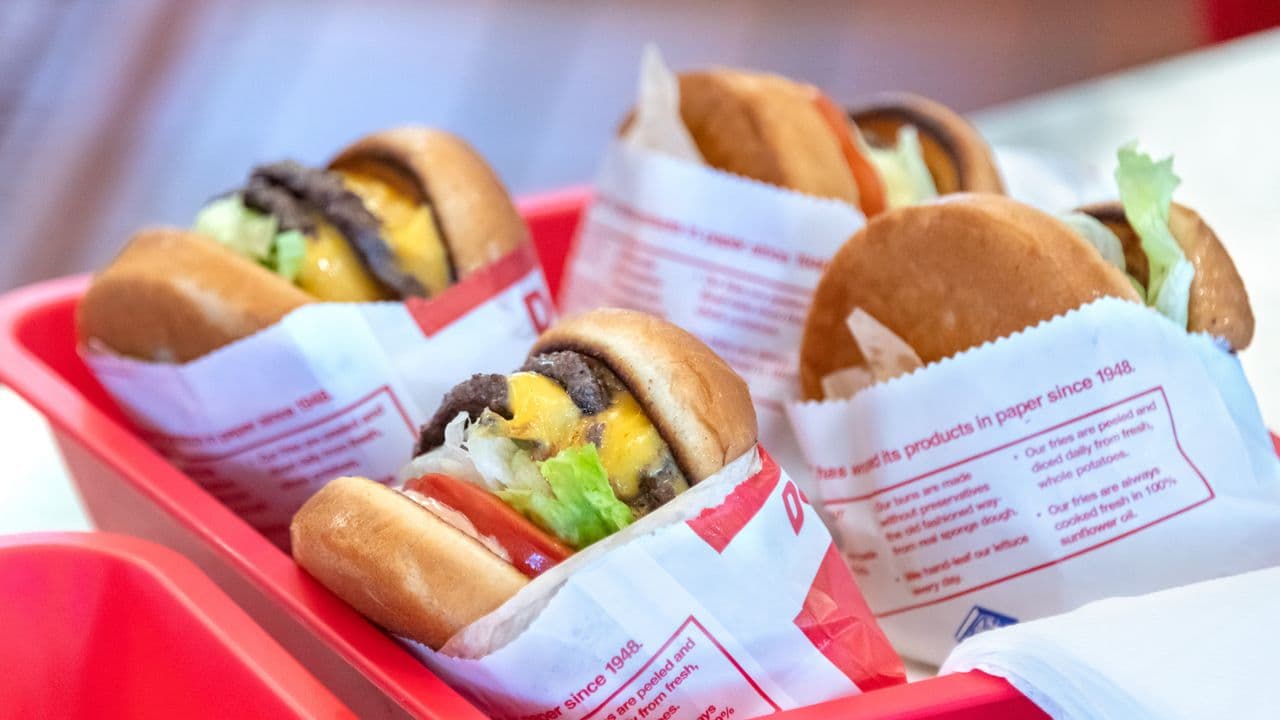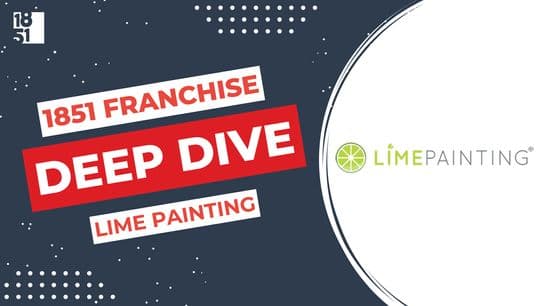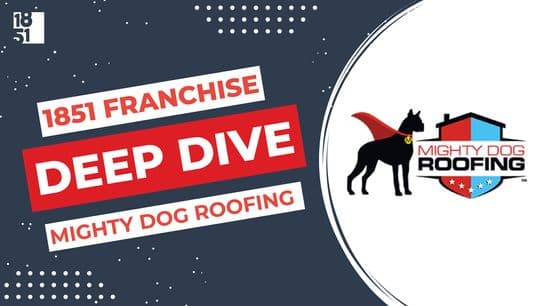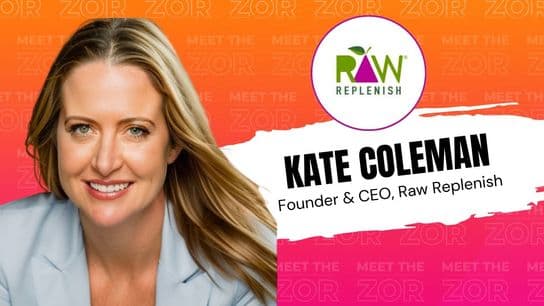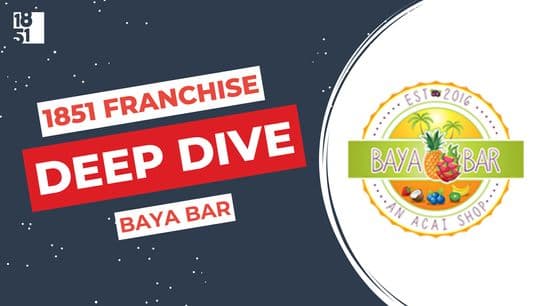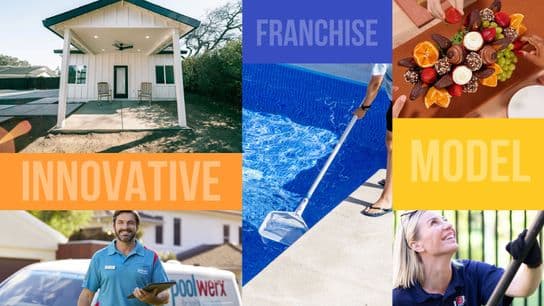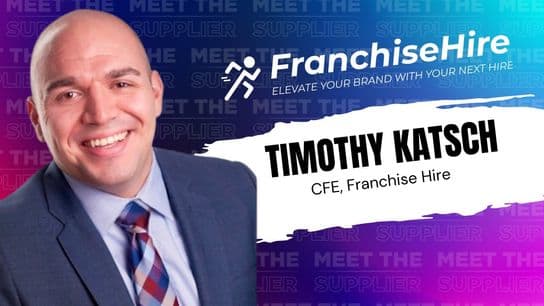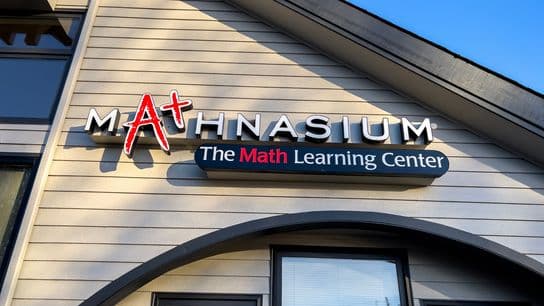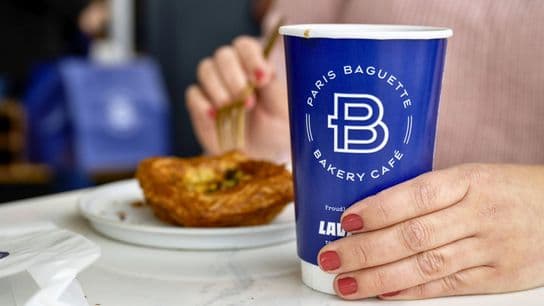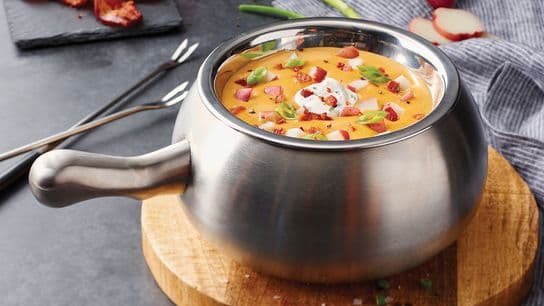How In-N-Out Burger Created a Cult Following
With a unique combination of both exclusivity and simplicity, the family-owned West Coast burger chain has carved its own path in the better burger segment.
In-N-Out, the West Coast restaurant brand founded in 1948 and the home of the notorious Double Double, is one of the nation’s top restaurant chains, with a roughly 380-unit system, estimated annual sales of over $900 million and a legion of rabidly devoted fans. From influencers in Hollywood taking selfies in front of the retro, palm tree-laden storefront to the late-great foodie traveler extraordinaire Anthony Bourdain deeming it his favorite restaurant in L.A., In-N-Out is, in a word: cool. And that isn’t easy to pull off for a huge, corporate-owned chain. So, how does In-N-Out pull it off?
The hamburger shop was founded by newlyweds Harry and Esther Snyder. One of the nation’s first drive-thrus, In-N-Out first garnered popularity because of its unique two-way speaker system. By the time Harry passed away in 1976, the chain had expanded to include 18 stores. The Snyders’ youngest son, Rich, took over and helped the chain grow to 93 outlets, including its first expansion outside California. Sadly, Rich died in a 1993 plane crash, leaving the chain to be run by a third generation of Synders, who guided the chain to reach 200 restaurants in 2005 and open store number 300 in 2015.
Over its 70-plus-year history, the Irvine, California–based chain has truly marched to the beat of its own drum. As a private, family-owned company, In-N-Out has avoided menu expansion, refused to engage in price wars and has rejected franchising and external investors.
While it may seem counterintuitive, In-N-Out’s traditionalist business model has allowed it to stand out from many of the competitors in today’s competitive better burger segment. Despite only having a presence limited to seven Western states (California, Arizona, Nevada, Utah, Texas, Oregon and Colorado), In-N-Out has garnered a cult-like following of both locals and outsiders eager to learn about what all the fuss is about.
Over the years, In-N-Out has become notorious for a few much-loved offerings, including the brand’s Double-Double and its not-so-secret menu, which includes the Animal Style (a mustard-cooked patty with extra spread, pickle, and grilled onions) and the Protein Style (a burger wrapped in lettuce instead of a bun).
But the true secret sauce to In-N-Out’s generational success may be its simplicity. “It’s about the quality, the friendliness, and the cleanliness. We keep it simple,” said Lynsi Snyder, In-N-Out’s current owner and president, in a rare CBS interview in 2015.
While other quick-service chains have tried to hook people with new offerings or viral marketing ploys, In-N-Out is basically exactly the same today as it was in the 40s. But that comes at a price. The chain refuses to sell frozen patties, and locations don’t have any freezers or microwaves, which is great, but it means that all In-N-Out restaurants are required to be located within 300 miles of an In-N-Out meat distribution center. Currently, there are only two distribution centers: one in California and one in Texas.
Behind the scenes, In-N-Out also has a longstanding commitment to paying its employees well. Some store managers reportedly earn annual salaries above $100,000, and employees benefit from many other perks, such as flexible schedules, paid vacations, a 401(k) plan, and a promote-from-within culture. This allows In-N-Out to retain motivated, friendly associates regardless of the labor market. Those happy employees, in turn, keep the chain’s customer-focused mission alive.
Perhaps the most important factor behind In-N-Out’s cult following comes down to one thing: exclusivity. The time-honored art of leaving ‘em wanting more. The brand has essentially stayed silent about everything, whether it be its secret sauce, its twin palm trees that guard locations or the mysterious Bible verses printed on the restaurant’s cups and hamburger wrappers.
And in a world of branded Twitter accounts and constant advertising, this secrecy is a refreshing approach and undoubtedly creates an insider feeling among consumers, who then do the heavy lifting of sharing the chain through word-of-mouth.
Now, In-N-Out shows no signs of slowing, opening about 10 new restaurants each year and continuing to reject anything that runs counter to its core. While the better burger segment has become crowded, In-N-Out keeps chugging along and weathering the ups and downs of the economy. Time will tell if the chain continues to do things its own way, but with such a rabid fanbase, why would it change?
Related articles
